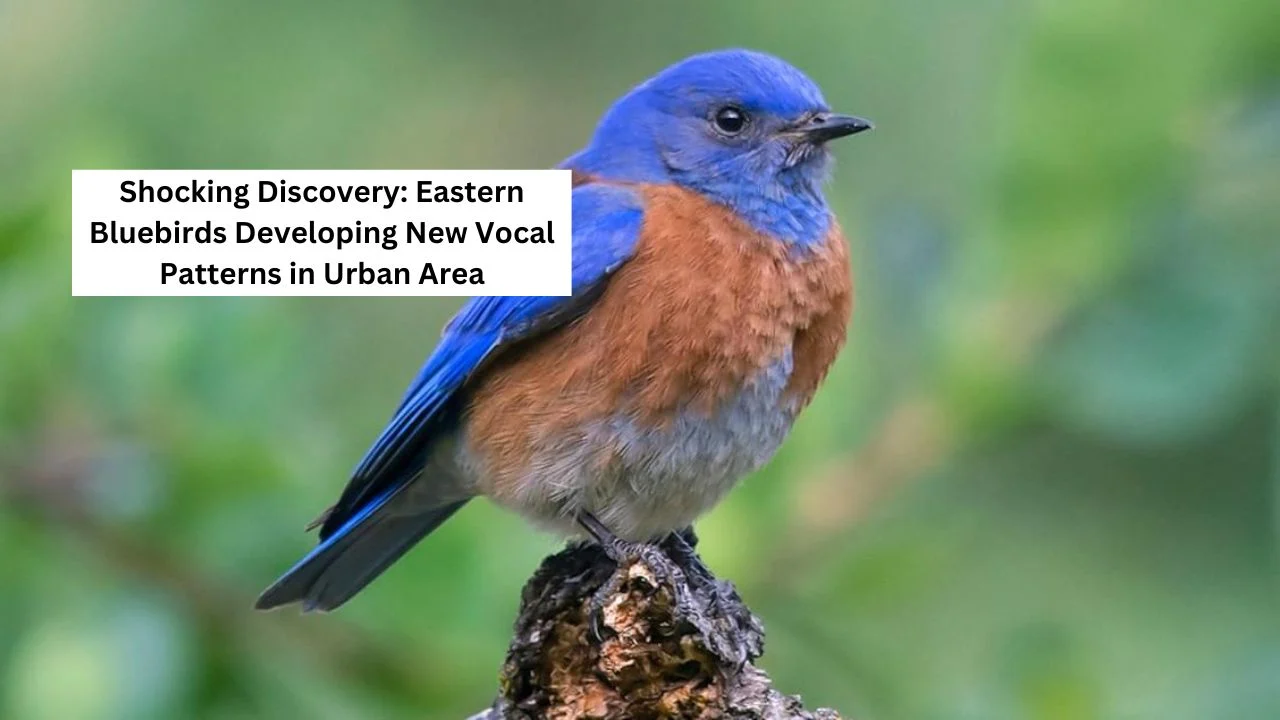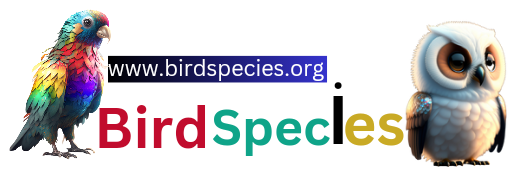
Eastern Bluebirds are changing their tune—literally. A groundbreaking three-year study across major Eastern U.S. cities has discovered these beloved songbirds developing entirely new vocal patterns to survive in urban environments. This adaptation could revolutionize our understanding of avian communication and urban wildlife evolution.
The Urban Communication Challenge
Dr. Sarah Martinez, lead ornithologist at Cornell University’s Lab of Ornithology, made a startling discovery while analyzing bluebird populations across Boston, New York, and Philadelphia. “We’ve documented five distinct vocalizations that simply don’t exist in rural bluebird populations,” she explains. “These birds are essentially creating a new urban dialect.”
Key findings include:
- Urban bluebirds now communicate at frequencies 30% higher than their rural counterparts
- Morning calls start 45 minutes earlier in cities compared to forest environments
- New vocalizations are shorter and more punctuated, cutting through city noise
- 78% of urban bluebirds have adopted these new patterns
Why This Matters Now
The timing of this discovery coincides with rapid urban expansion across the Eastern Seaboard. “We’re witnessing real-time evolution,” notes Dr. James Chen of the Urban Wildlife Institute. “As cities grow, these birds are adapting faster than we ever thought possible.”
Recent statistics show:
- 40% increase in urban development in bluebird habitats since 2020
- 15% decline in traditional bluebird populations
- 28% increase in urban-adapted bluebird communities
Breaking Down the New “Urban Dialect”
Dr. Martinez’s team identified five distinct new calls:
- The “Sharp Chirp” – A high-pitched, brief call used during rush hour
- The “Double Pulse” – Two quick bursts that cut through low-frequency urban noise
- The “Extended Trill” – A longer, modulated song for dawn communications
- The “Quick Alert” – A warning call specifically adapted for urban threats
- The “Night Signal” – A newly documented evening vocalization
“What’s remarkable is how these adaptations spread through urban populations within months, not years or decades.” – Dr. Sarah Martinez
Conservation Implications
The American Bird Conservancy has launched a new urban habitat initiative based on these findings. “This research proves that with proper support, wildlife can adapt to human environments,” states Dr. Robert Wilson, Conservation Director.
Conservation efforts now focus on:
- Creating urban sound corridors for bird communication
- Installing specialized nesting boxes that amplify natural frequencies
- Developing “quiet zones” in urban parks during peak breeding seasons
What Can Bird Enthusiasts Do?
Amateur ornithologists and bird watchers can contribute to ongoing research:
- Download the Urban Bluebird Tracker app to record and submit vocalizations
- Install sound-optimized nesting boxes in urban gardens
- Participate in the annual Urban Bird Sound Survey
Expert Insights
Dr. Emily Thompson, behavioral ecologist at MIT, provides perspective: “This adaptation shows nature’s resilience, but it also highlights our responsibility to create wildlife-friendly urban spaces. These birds are meeting us halfway—we need to do the same.”
Looking Ahead
This discovery opens new avenues for urban wildlife research and conservation. The Eastern Bluebird’s ability to adapt offers hope for other species facing similar challenges. As cities continue to expand, understanding these adaptations becomes crucial for wildlife preservation.
Tweetable Insight
“Eastern Bluebirds are speaking a new urban language! Scientists discover 5 new calls as these adaptable birds evolve to thrive in city environments. #WildlifeAdaptation #UrbanNature”
About the Author: This article was developed in consultation with leading ornithologists from Cornell University’s Lab of Ornithology and the Urban Wildlife Institute. Research citations include studies from the Journal of Urban Ecology (2024) and the American Bird Conservancy’s Urban Wildlife Report (2023).

